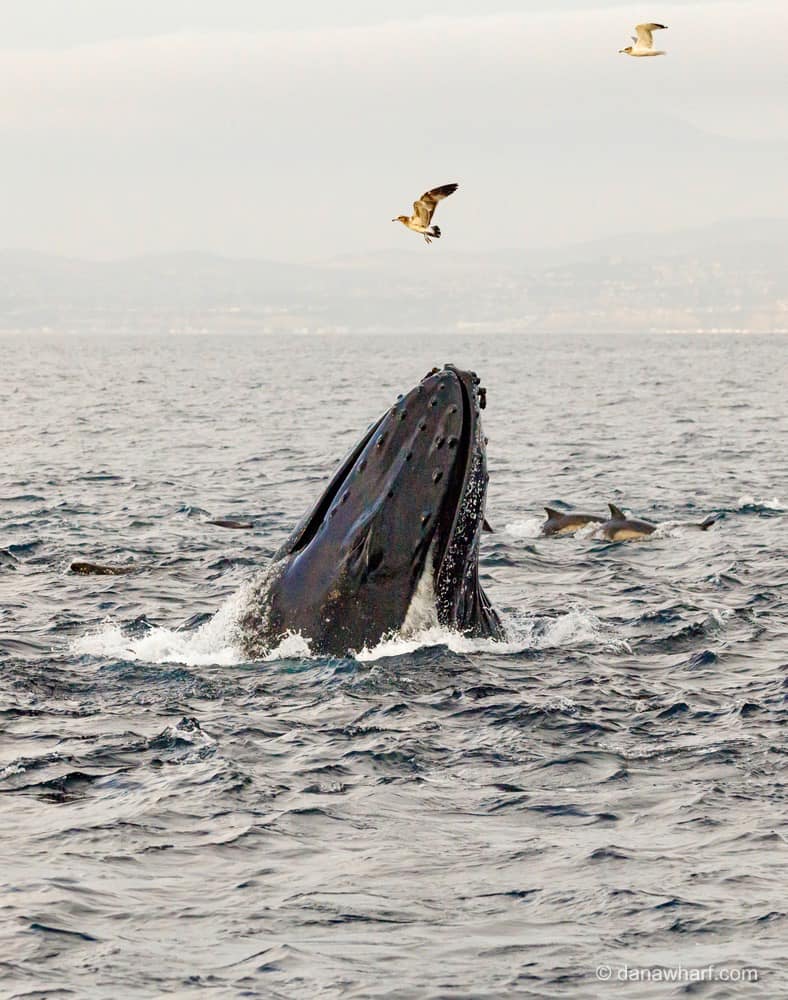Rare and Unusual Whales

Rare and unusual whales
Whale watching is an exciting activity that lets you see some of the most magnificent creatures on the planet. While many people are familiar with common species like humpback and blue whales, there are several rare and unusual whale species that are just as fascinating. Here, we’ll explore some of these incredible animals and why they are considered rare.
Vaquita
The vaquita is the world’s smallest and most endangered whale species. Found only in the northern part of the Gulf of California, their population has decreased drastically due to illegal fishing and habitat loss. With fewer than 10 individuals left, efforts are being made to save this unique species from extinction.
Omura’s Whale
Omura’s whale is a relatively new discovery, identified as a distinct species in 2003. These whales are small and elusive, making them difficult to study. Found in tropical and subtropical waters, Omura’s whales are known for their unique appearance and behavior. They are often mistaken for other whale species due to their similar size and markings.
North Atlantic Right Whale
The North Atlantic right whale is one of the most endangered whales in the world. With a population of fewer than 400, these whales face threats from ship strikes, entanglement in fishing gear, and habitat loss. They are known for their distinctive callosities and large heads. Conservation efforts are ongoing to protect and preserve this rare species.
Pygmy Right Whale
Pygmy right whales are one of the least understood whale species. They are small, with adults reaching only about 21 feet in length. These whales are rarely seen and are found primarily in the Southern Hemisphere. The pygmy right whale’s unique skeletal structure sets it apart from other whale species, making it a subject of interest for marine biologists.
Spade-toothed Whale
The spade-toothed whale is one of the rarest whales, with only a few confirmed sightings. This elusive species is known from only a handful of sightings and remains largely a mystery to scientists. Found in the South Pacific Ocean, the spade-toothed whale’s name comes from its unique, spade-shaped teeth.
Bowhead Whale
Bowhead whales are known for their long lifespan, with some individuals living over 200 years. Found in Arctic and sub-Arctic waters, these whales are unique for their massive skulls, which they use to break through ice. Bowhead whales were heavily hunted in the past, but their population is slowly recovering due to conservation efforts.
Conclusion
Though you won’t see these species at Dana Wharf Whale Watching they offer a chance to see some of the other unusual species like the Blue Whale, Humpback, and Minke Whale. While it is a thrilling experience, it is also a reminder of the importance of conservation. Protecting these endangered whales is crucial for maintaining the biodiversity of our oceans. By learning about these incredible creatures, we can better appreciate and support efforts to save them.
